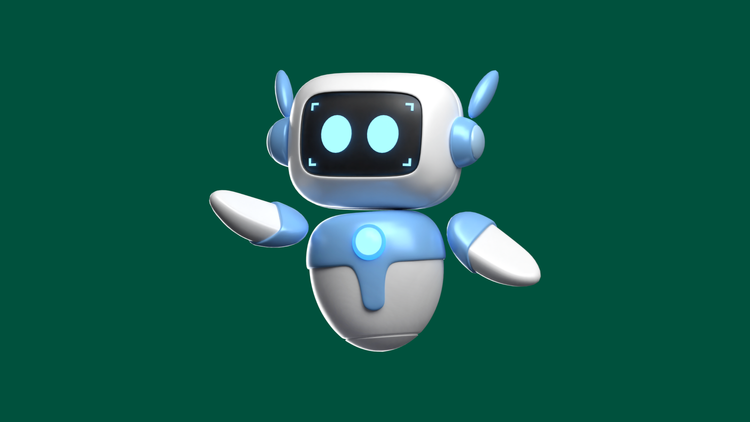How MIT Helped Win World War II
In January 1942, German U-boats were so close to the American coast that Nazi commanders could see the lights from New York City’s mighty skyscrapers.
Americans had no idea. They would soon find out.
Over the next seven months, German U-boats killed 5000 American servicemen (nearly twice as many as Pearl Harbor); destroyed 22-percent of the tanker fleet; and sank 233 ships in the Atlantic Ocean.
These Nazi sharks were so fierce that Churchill once remarked that “the only thing that ever really frightened me during the war was the U-boat peril.”
What brilliant military strategist defeated the U-boat threat? None.
The solution came from engineers and scientists at MIT who developed a system of radars that rank among the war’s most significant accomplishments.
MIT’s Radiation Lab developed “the microwave early-warning (MEW) radars, which effectively nullified the V-1 threat to London, and air-to-surface vessel (ASV) radars, which turned the tide on the U-boat threat to Allied shipping.”
The group at MIT was so successful that:
“in November 1942, U-boats claimed 117 Allied ships. Less than a year later, in the two-month period of September to October 1943, only 9 Allied ships were sunk, while a total of 25 U-boats were destroyed by aircraft equipped with ASV radars.”
As advanced radar further diminished the U-boat threat, American war production, shipping, and troop deployments increased and expanded. Hitler must’ve hated MIT.
Americans appropriately memorialize the war’s fighting men and women, but World War II was in many ways a conflict of industrial production and scientific breakthroughs.
Although they are not storming fortified beaches, nerds and factory workers win wars.





